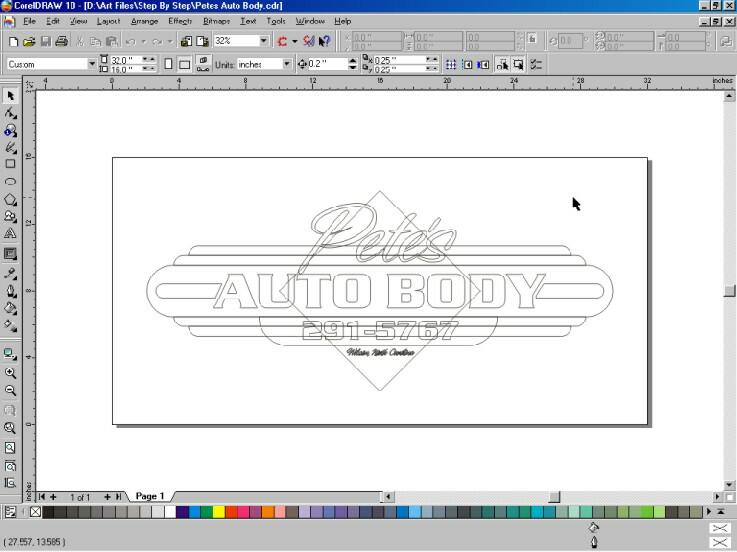

Don't expect to get it on the first try, nor the second, or even the third. Number one Tool is patience, along with practice. However, most filters require that the shape be rastorized before proceeding.(So always backup the original shape before using filters!.) Vector Shapes can also be reshaped and stylized. The true benefit of using vector shapes and paths is that it is not limited to resolution, unlike rastor, no matter the scaling direction, it still maintains quality and sharpness. These Anchor Points follow each other in a dot-by-dot or line-by-line formation along a Path. Vector is object(shape) based bound together by anchor points to form a solid object (if those anchor points join/connect).

Rastor is purely Pixel based, simply meaning that an image is created by color values assigned to it on a pixel by pixel basis.(most commonly photographs and scanned images). NOTE: Since version 6 Photoshops Vector capabilities have improved and for a brief overview see this spec from Adobe. And, yes, Photoshop's vector shapes is by no means a figurehead in comparison, but what tools are available offer no real limitation as to what they can do. Often, Photoshop's vector capabilities are quickly shot down by those familiar with true vector programs, like Adobe Illustrator, Corel Draw, or Macromedia Freehand.
Create an object in corel photo paint 7 how to#
I'd like to show you a technique on how to vectorize from a photo reference in Photoshop.


 0 kommentar(er)
0 kommentar(er)
